Considered a part of the African continent, but located east of Madagascar in the Indian Ocean, Mauritius is a gorgeous island famous for its beaches. With stunning coral reefs, deep lagoons, and pristine white sand, the island has been thrust into the spotlight and made a top destination for luxury getaways.
Mark Twain even wrote that “Heaven was copied after Mauritius.”
Alo! Ki Manière – Welcome to Mauritius!

While the Heaven-like qualities of Mauritius have made the island famous, there’s more to explore beyond the pristine beaches and palm-lined coast. On the island’s interior, there are dramatic waterfalls and dense rainforests open for exploration.
It’s in these remote landscapes, visitors can observe unique wildlife like Rodrigues flying foxes and green panther chameleons. Amongst the natural landscape, it also boasts a widespread cultural diversity that’s derived from its historical connections to Africa, China, India, Malaysia, and Madagascar.
Together, these people were brought to, migrated to, or colonized Mauritius and began to develop a unique culture as each group of people left their stamp on the island. The best places to explore the real Mauritius are not the resort beaches, but the hidden nooks and crannies where sleepy fishing villages groove to their own beat.
Directly contrasting the white sand beaches and resort areas is Port Louis, which is Mauritius’ bustling capital city. Also, the largest city on the island, Port Louis directly clashes with the laid-back lifestyle that has made Mauritius famous.
The city streets are buzzing with life and they are a perfect representation of the country’s cultural diversity. With elements from Africa, Asia, and Europe blending in the streets, Port Louis can’t be missed.
- Culture and Language
- Spending Budget
- How to Get Around
- Top Cities to Visit
- Points of Interest
Culture and Language
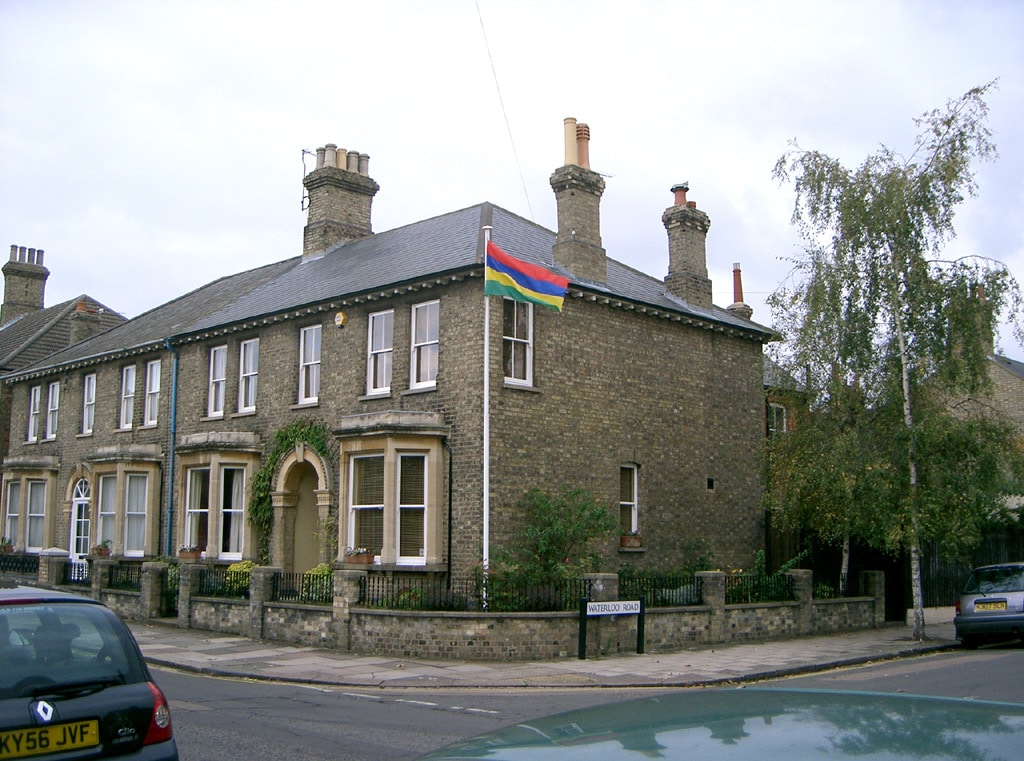
Originally, Mauritius was discovered by the Moors who were Muslim inhabitants living in the Iberian Peninsula. However, the Portuguese often claim the title of discoverers of the island because they included Mauritius on their map in the early 1500s.
The Portuguese greatly influenced Mauritius and considered it to be an important part of their trade routes from Africa to South Asia.
Mauritius History
By 1598, the Dutch East India Trading Company expanded to Mauritius after a group of eight ships were caught in bad weather and separated. Five of the lost ships sailed to Mauritius and found shelter in a bay. The accidental discovery of Mauritius led them to colonize the island and establish permanent settlements.
Under Dutch rule, slaves were introduced to Mauritius, as was sugar cane, and the natural resources were heavily harvested from the island. However, frequent storms and bad crops caused the Dutch to abandon the island. This paved the way for the French to claim Mauritius and begin their reign over the people.
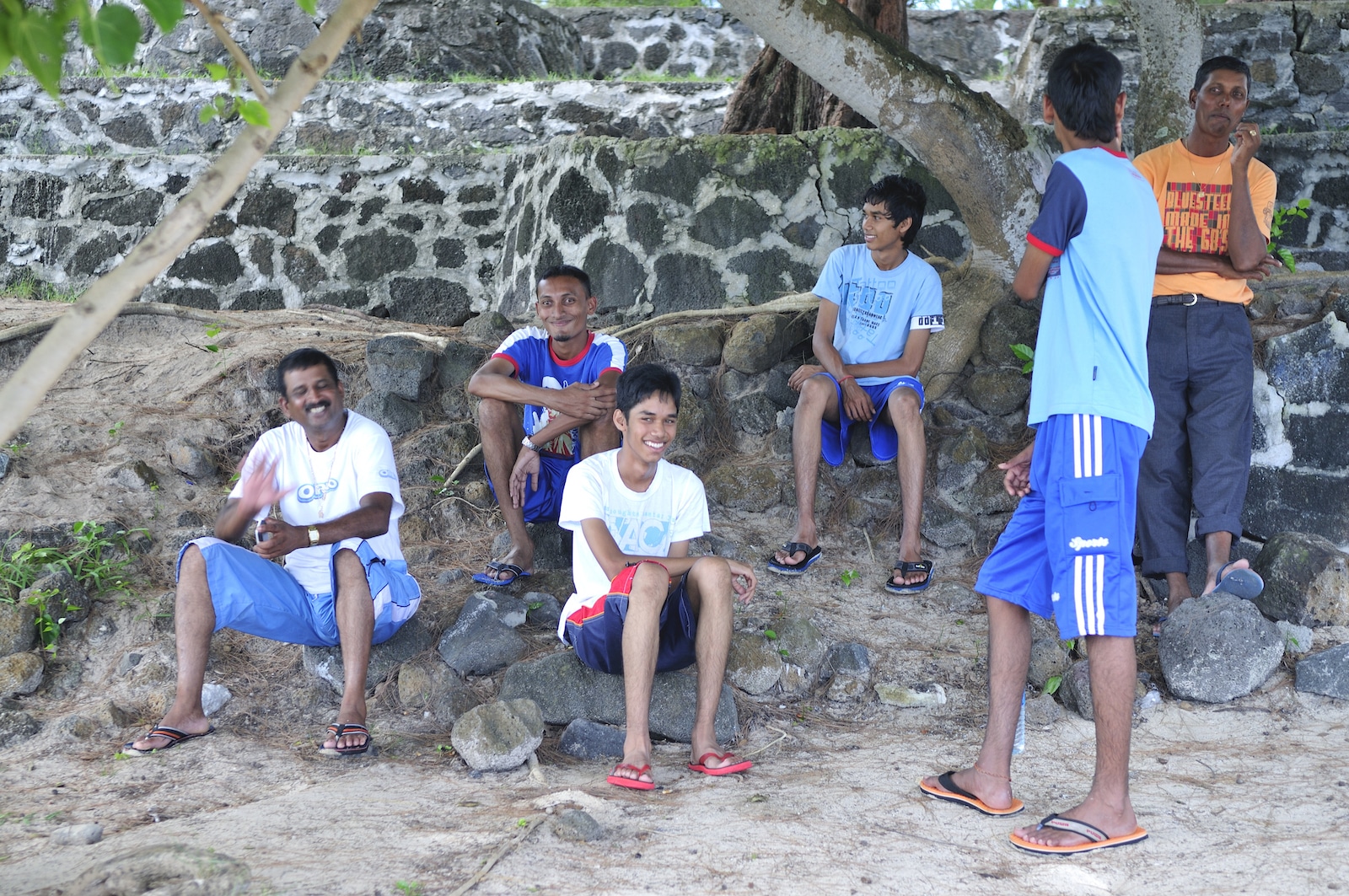
Not much changed under French rule and eventually, the island was given to Great Britain as a part of the Treaty of Paris in 1814. The British abolished slavery in 1835 and under their rule, the island’s social and economic standing prospered. While the island prospered, Mauritius still wanted to be independent.
With hints from Britain that they would grant the island independence and self-rule, people began to campaign for Mauritius to separate from their colonizers. In 1968, Mauritius became independent with Queen Elizabeth II remaining as the head of state.
Since 1992, Mauritius has been a republic with a prime minister at the helm. With a stable government and mostly peaceful elections, the island’s popularity has grown with its reputation as a safe destination, which has paved the way for curious visitors.
Mauritian Culture
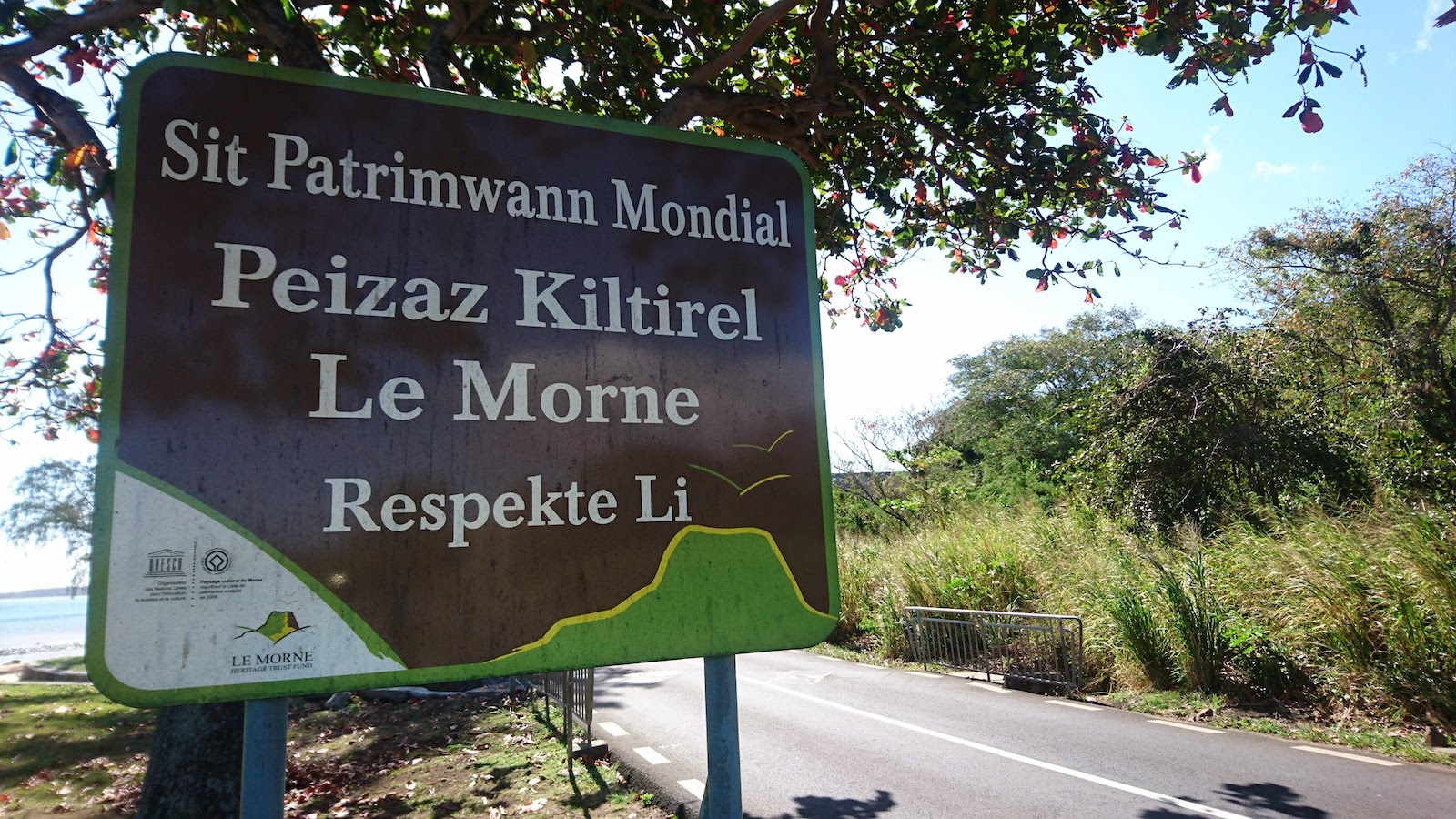
Another aspect that makes the country safe is the local people known as Mauritians. With an amazing attitude and view of life, Mauritians are known for their joie de vivre. Happy smiles and warm embraces await you in Mauritius where polite manners go a long way.
Visitors can relax and feel comfortable in Mauritius knowing that they are more than welcome and eagerly awaited by the local people.
Official Language
While the people are welcoming, you may have to communicate with gestures. English is the official language in Mauritius, but most of its 1.26 million citizens (as of 2021) don’t speak the language.
Instead, English is used within the country’s Parliament with some members of the government still speaking French. The majority of the island speaks Mauritian Creole, which is a French-based language.
Spending Budget
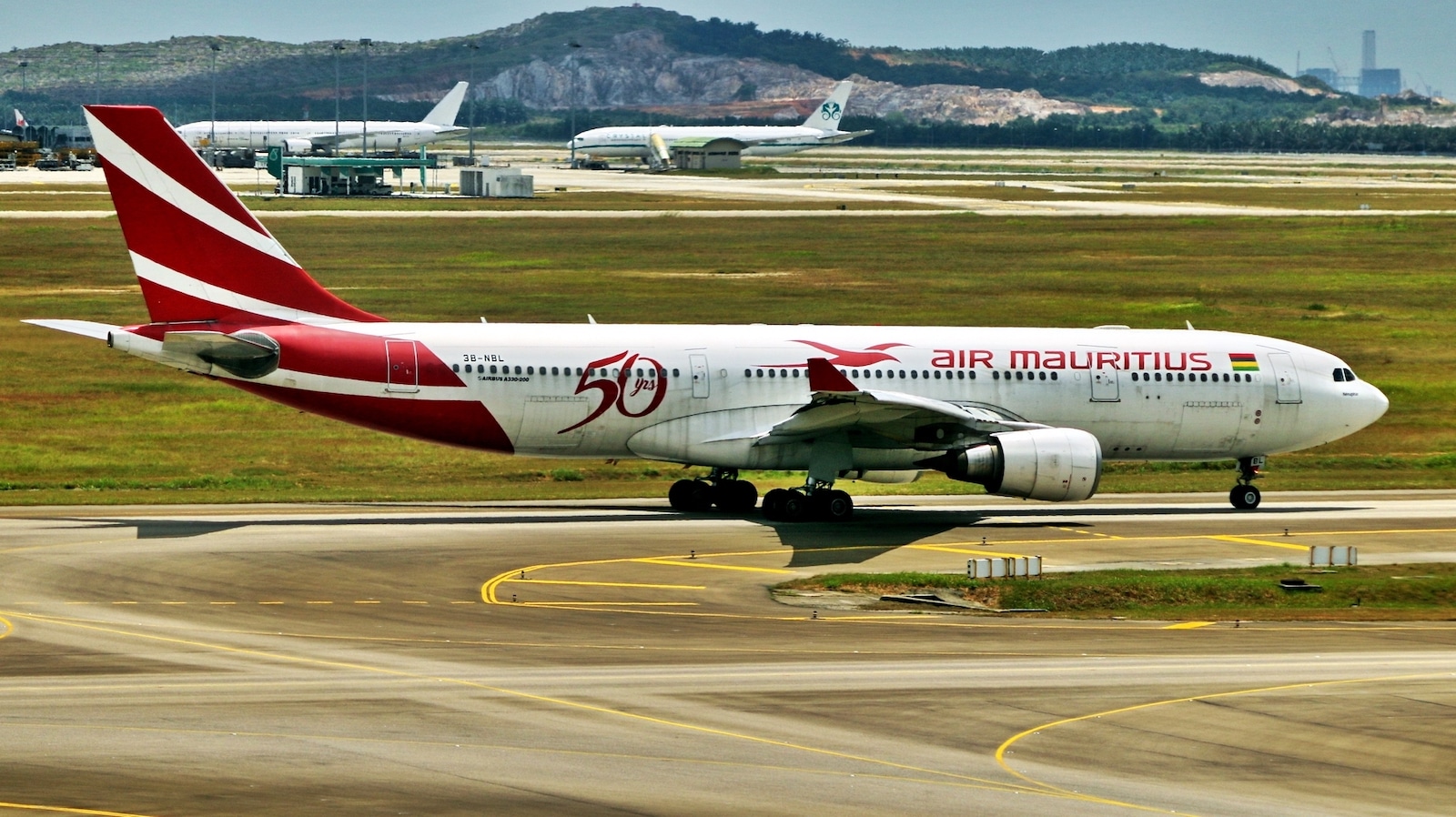
When it comes to outlining and estimating your spending budget for a trip to Mauritius, most travelers will notice that the prices range from affordable to dramatic. This island nation has become a hotspot because of its beach resort vacations, which has caused a rise in popularity and costs.
The most expensive times to visit Mauritius will be around the winter holidays and school breaks. Travelers who are looking to stay on a limited budget should travel during the off-season. An easy way to know the overall price is by estimating your expenses, which will include airfare, accommodation, food, drink, and transportation.
Airfare
Flights to Mauritius are very expensive and the average cost is over one thousand dollars from the United States, although you can occasionally find deals for less than that. If you do find a deal, you will want to reserve your seat quickly before the airlines change their price.
Plane tickets will be the most expensive from November to April, which is considered to be summer in Mauritius. The absolutely most expensive times to visit the island are around Christmas and New Year’s, which is when many families will travel to the island for a much-needed vacation.
Accommodations
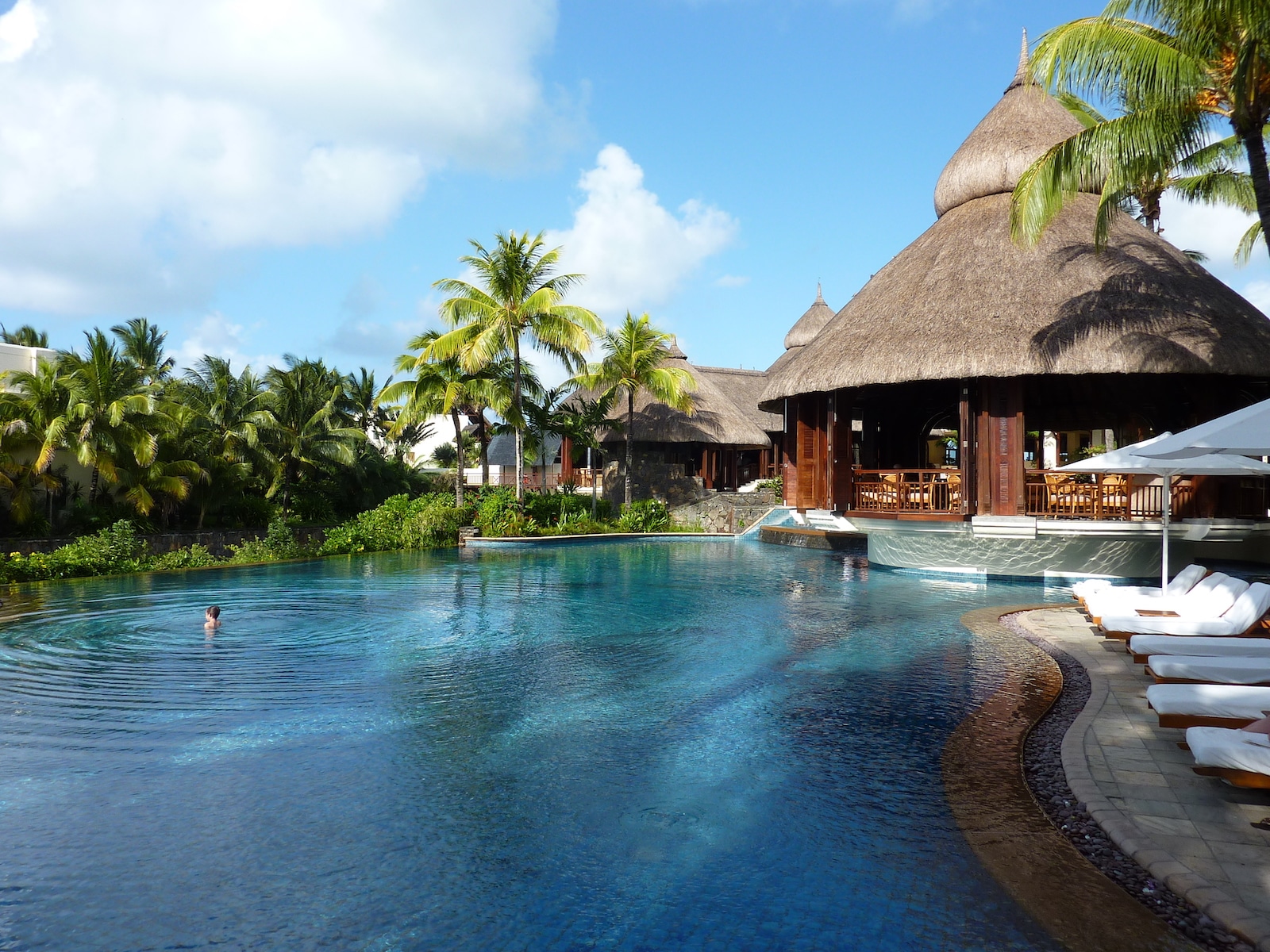
During the peak tourist season, accommodation prices are also at an all-time high. A budget room in a hotel or hostel in Mauritius will cost a moderate amount, even nearing one hundred dollars a night at times. Mid-range hotels will be one hundred to two hundred dollars while luxury will be much more.
Some of the most expensive places will cost hundreds, but often include half-board with your stay. This means that breakfast and lunch or breakfast and dinner will be served at no extra charge.
A hotel should provide details of whether half-board is included in the price, so you know exactly what your accommodation package includes. Some resorts also offer all-inclusive packages, which would include the cost of your meals with your nightly rate.
Mauritian Cuisine
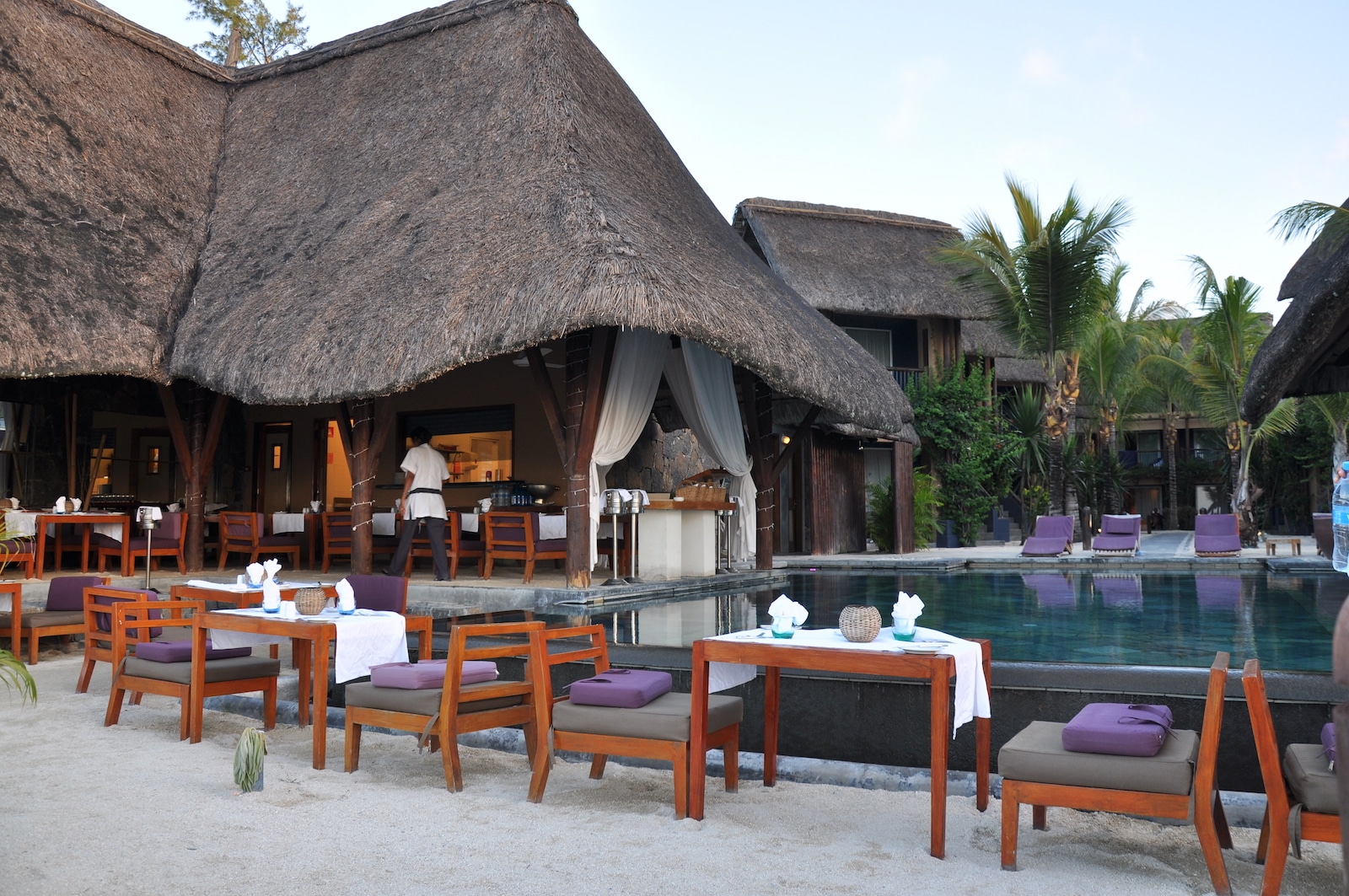
For travelers who are on a limited budget, you’ll need to include the price of food. As an island nation influenced by the world, the cuisine is as diverse as its people. With inspiration from Asia and Africa, popular Mauritian cuisine includes meals made from seafood, meat, chicken, rice, and vegetables.
Bol renversé is one of the most famous dishes on the island, which is translated as “upside-down bowl”. The meal consists of a rice bed that has been topped with a stir-fry sauce and strips of chicken. An egg is added as the final touch.
With an Asian influence thrown into the mix of dishes, boulettes are Mauritius’ take on dim sum. These small dumplings are stuffed with meat, tofu, or fish and deep-fried to perfection. Boulettes are served on their own or sometimes added to a stew.
In every major town in Mauritius, you will be able to find biryani, which is one of the island’s favorite dishes. With a mix of basmati rice and flavorful spices, the meal is topped off with an array of beef, chicken, or seafood. Everything is slow-cooked, which gives biryani an intense flavor that can’t be beaten.

India’s influence can’t be ignored, and Mauritians have turned dholl puri and roti into popular street food. Many vendors will have a variety of fillings, so you can pick and choose your flavors. Alongside these popular dishes are dozens more that are waiting for you to try.
From light snacks to hearty meals, you won’t struggle to find a delicious meal in Mauritius. However, if the price of food is not included with your accommodation as a part of a half-board or an all-inclusive package, you’ll want to be cautious of how much you spend when dining out on the island.
Dining Out
Street food is the most affordable dining option in Mauritius and travelers can purchase meals for a few dollars. Meals in restaurants will be more pricey and in mid-range establishments, you should expect to pay much more. The best restaurants will be expensive, and you will most likely spend a moderately high amount for a meal.
The price of your meal will drastically increase if you choose to drink alcohol. On average, alcoholic drinks cost a few dollars, but in some locations, you may be charged more. With steep prices, budget travelers will need to be mindful of how much they drink as the cost will quickly add up.
How to Get Around
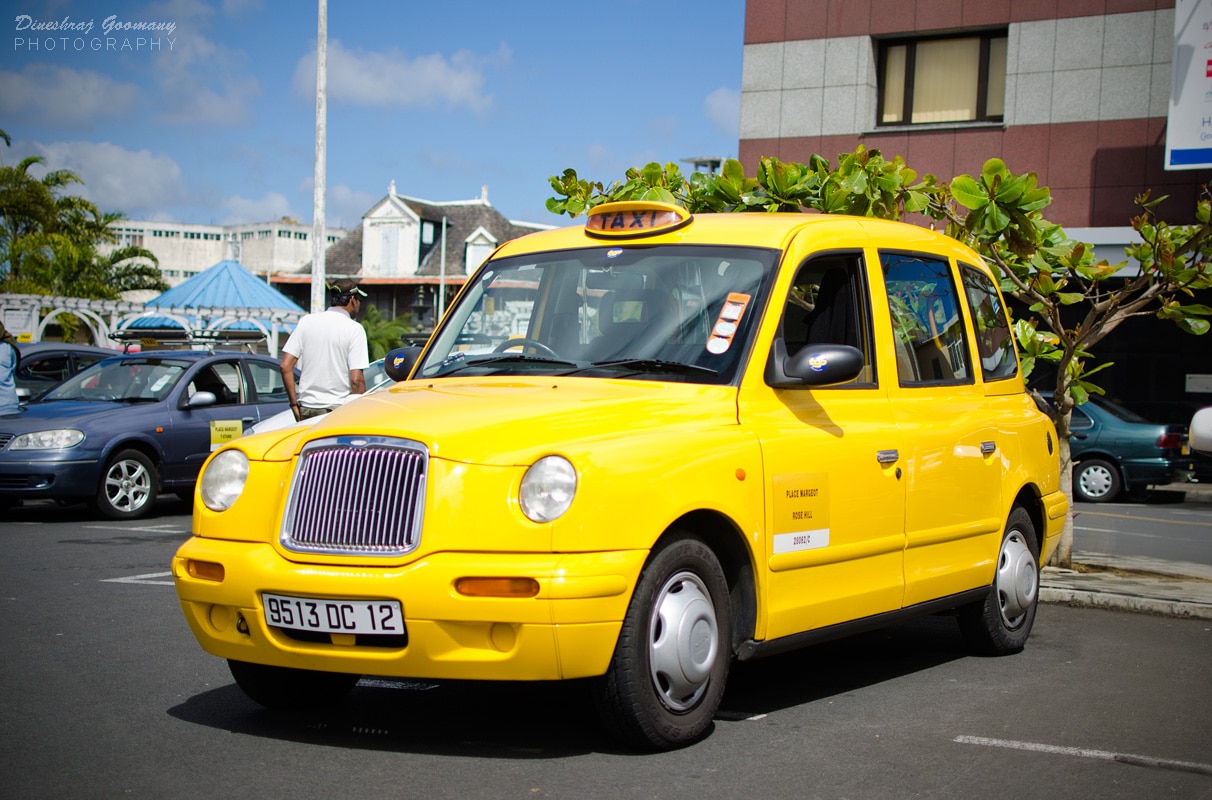
Mauritius is a small island, but that doesn’t mean that it is easy to get around. Limited road infrastructure requires you to spend more than a couple of hours traveling to your next destination. While there are two main roads, the M1 and M2, anything outside of those highways will only be accessed by unpaved roads.
The roads are the easiest way to get around Mauritius because there are no domestic flights available. The only flights on the island are by helicopter tours, which cost hundreds to thousand for an excursion. Buses and taxis are popular options for travelers as well as hiring a private car.
Buses
For backpackers, the bus is the most affordable transportation option. Short rides will cost less than a dollar. If you’re traveling for longer distances or need to bring a large bag the fare will be more expensive. However, most people do not have to pay more than a few dollars for a bus ride in Mauritius.

Taxis and Private Drivers
Taxis are another reliable way to get around if you are traveling at night or long distances. Most taxi rides will cost a few dollars for short distances, but you may be able to hire a taxi for an all-day long excursion. It’s important to negotiate the fare before you get in the taxi. For full-day taxi hires, you should expect to pay a fair amount.
Private drivers are also an option if you don’t want to negotiate with the taxis. Many companies that offer private driving services have moderate rates, though they will go over one hundred dollars for larger groups.
Top Cities to Visit
While the capital, Port Louis, is considered to be the only city on the island, there are dozens of little towns that visitors can explore on Mauritius’ tropical shores. Home to beaches, diving sites, and botanical gardens, there are plenty of places to explore while visiting. Here are some of the best towns to visit in Mauritius.
Port Louis

Resting on the waterfront, Porlwi (as the locals call it) is the picturesque capital of Mauritius. While the city doesn’t evoke the laidback island vibe that most people would imagine of a tropical getaway, it’s one of the best places to experience the island’s unique culture.
From Le Caudan to the Natural History Museum and Sir Seewoosagur Ramgoolam Botanical Garden, there is plenty to explore in this busy capital. The high energy levels and bright lights are the perfect introductions to Mauritius before you head out to the island’s more remote areas.
Curepipe
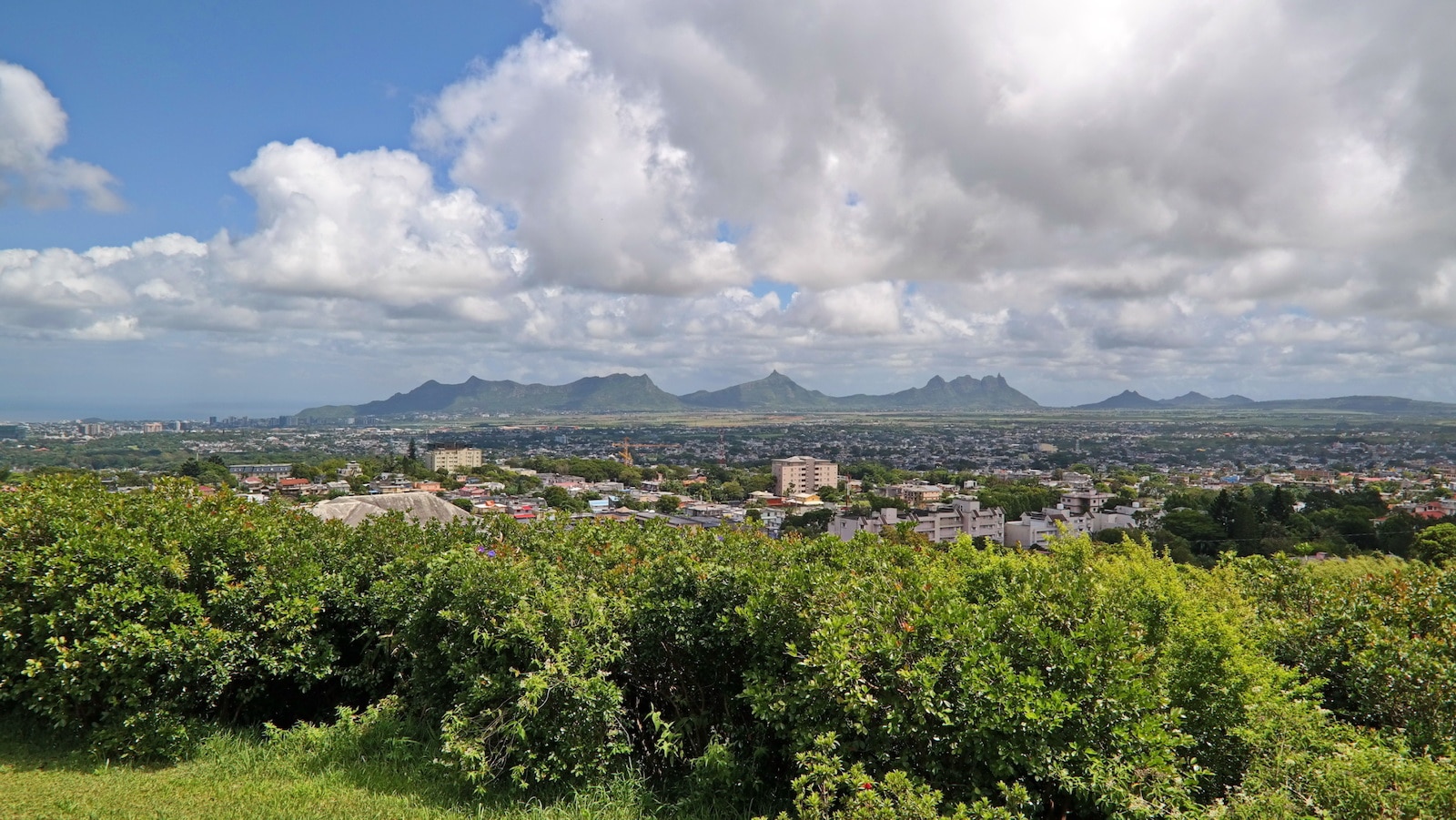
Away from the beaches and tucked into the rainforests is Curepipe. This small city is one of the must-see destinations in Mauritius, which was named after people who climbed up the lush hills to escape a malarial plague in the lowlands. Now, the drizzly and foggy climate of Curepipe has become a hotspot.
Visitors can explore the nearby rainforests or stay in town to learn more about the local history. The Botanical Garden and Domaine Dex Aubineaux Historical Building are highlights of the area. A recently dormant volcano has also become a popular attraction as visitors trek to its crater.
Grand Baie
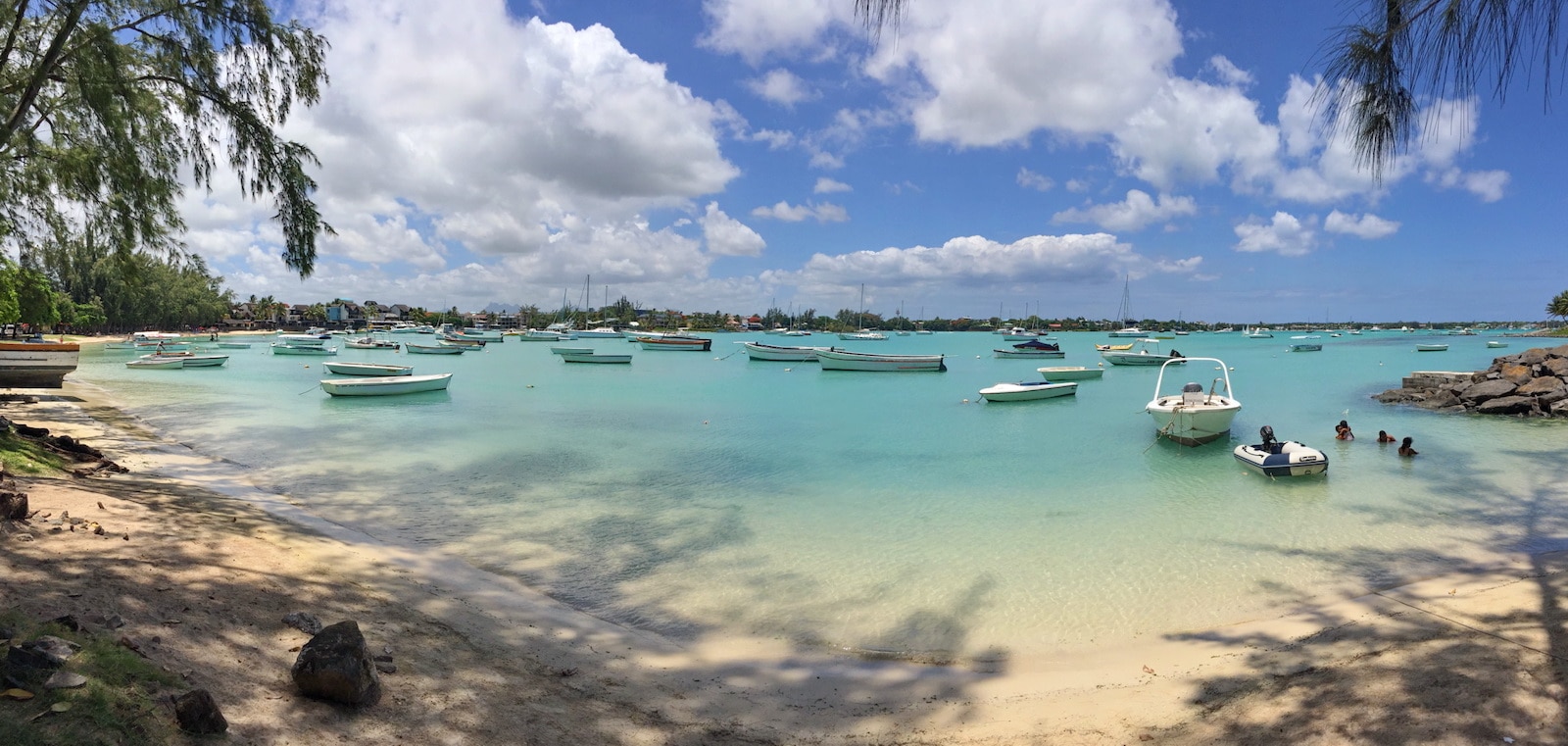
For those who are looking for white sand beaches, the most well-known resort area in Mauritius is called Grand Baie. The town was originally colonized by the Dutch before it grew to become the perfect beach destination.
Long gone are the days of a quaint village and in its place are luxury accommodations, eateries, and a casino. Grand Bay Public Beach and La Curvette Beach are the two most popular beaches in the area, which are perfect for relaxing or participating in an aquatic adventure.
Flic en Flac

Another sleepy town turned tourist destination is Flic en Flac. This 5-mile-long beach is one of the most visited areas in the country because of the magnificent lagoon and coral reefs. Flic en Flac is the best place for scuba divers and snorkelers who are eager to explore aquatic wildlife.
The town has been expanded and now there are luxury hotels and restaurants waiting to service their guests.
Points of Interest
Other places that you might want to explore in Mauritius may not be tied to a town or city. Out in the jungle or in remote areas on the coast there are plenty of points of interest worth checking out. To help you decide what to add to your itinerary, here are the top attractions in Mauritius.
Black River Gorges National Park

Ideal for exploring the island’s mountains and waterfalls, the Black River Gorges National Park has become the main attraction in Mauritius. The calm walking paths and information centers provide guests with the ideal chance to view the local wildlife and fauna. The park is open every day but is closed at night.
Le Morne Brabant
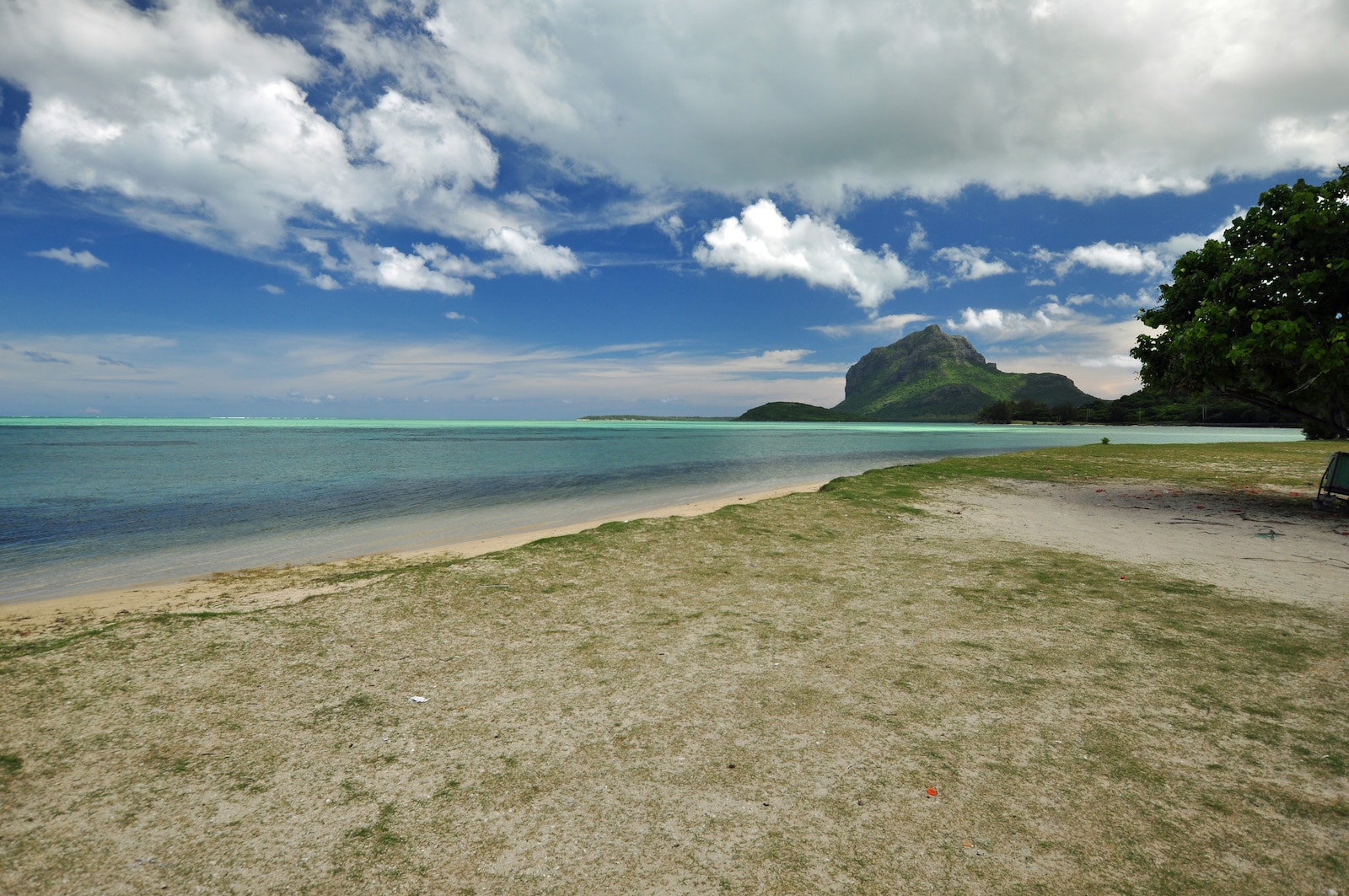
Le Morne Brabant is a large monolith that sits at the tip of the southwest end of the island. Made of basalt, the monolith is a popular destination because of the nearby caves and overhangs. A beautiful lagoon sits at the base of La Morne Brabant, where visitors can take a dip after exploring the monolith’s steep slopes.
Chamarel Seven Colored Earth Geopark

Multi-colored dunes await guests at the Chamarel Seven-Colored Earth Geopark, which has become the area’s main highlight. The dunes are shifted and carved by the wind or sand, which means that their colors are constantly changing to create new patterns.
A visitor center will educate guests about the dunes and give them more information about what makes this geopark special.
Le Pouce

Le Pouce is the third-highest mountain in Mauritius and it is famous for its jagged and thumb-like shape. While the village of La Laura-Malenga is the closest civilized area to the peak, the mountain can be viewed from Port Louis.
The mountain can be hiked and many visitors are eager to reach its summit for an exceptional view of both the island and Port Louis.
Stella Clavisque Maris Indici (“Star and Key of the Indian Ocean”)

Mauritius is a sight to behold and it is no wonder why it has become a popular tourist destination in Africa. As one of the wealthier countries on the continent, Mauritius consistently draws large crowds of tourists like couples and families who are eager to set out on an island adventure.
The crystalline water has made Mauritius famous, while the lush fauna only adds to the island’s beauty. With world-class resorts, Mauritius is one of Mother Earth’s hidden gems.


 What Is Madagascar Most Famous For?
What Is Madagascar Most Famous For?